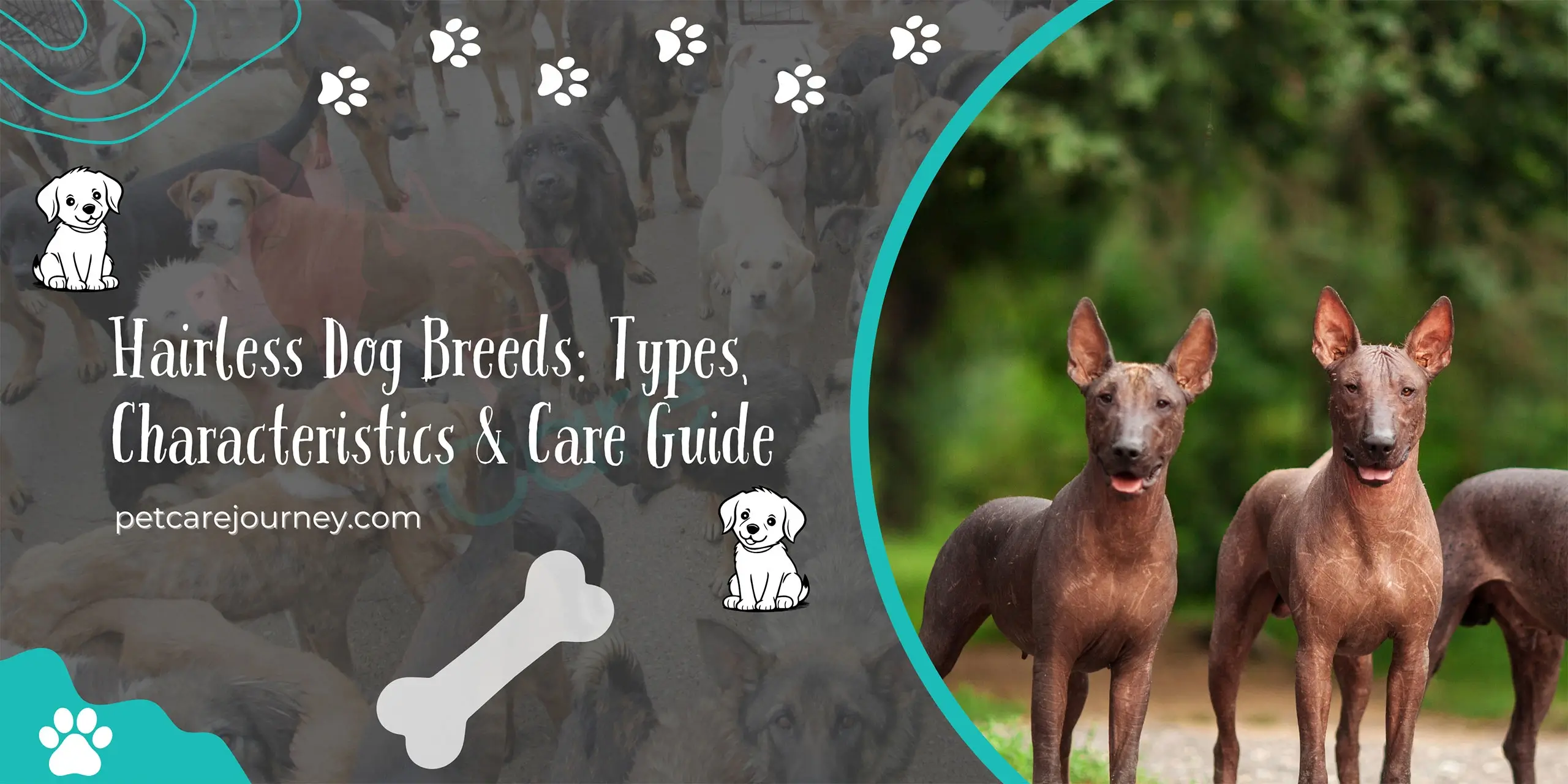The opinions of certain people on the XL Bullies are not completely transparent.
What is the XL Bully Dog?
- Size : Females are slightly smaller at 19–22 inches, while males reach 20–23 inches at the shoulder.
- Weight : Depending on nutrition and heredity, an average weight of 80 to 150 pounds can be attained.
- Style : Because of their blocky heads, well-defined musculature, and massive chests, XL Bullies exude a very dominant presence.
Breeds of Bullies and Their Incorrect assumptions
Frequent Misconceptions:
- Aggression: An XL bully is characterized as being inherently aggressive in contrast to other publicly accepted bullies. Indeed, there have been instances of bull-baiting breeding throughout history. With the right training, bully dogs make excellent home partners nowadays.
- Dangerous Nature:The news is dominated by attacks involving kinks, such as bully pitbulls or other severe varieties. However, the majority of the time, such occurrences are caused by careless ownership, inadequate training, or pure negligence rather than the dog itself.
- Stereotyping by look: Despite their strength when constructed, they are assessed based on their formidable appearance and unmistakable glare. Due to such a terrible restriction, these breeds are subject to discrimination.
Why Are Large Bully Dogs Restricted?
- Events Connected with Assault
One of the main justifications for restricting XL Bullies is aggression or attacks. Despite not being aggressive by nature, these pets’ huge size and strength could cause disaster in even the smallest altercation. In several cases, their inability to function with inadequate training from others has proven to be lethal. - Careless reproduction
Due to the high demand for XL Bullies, careless breeding occurs. Unpredictable actions were typically the result of breeders who prioritized size and appearance over temperament when breeding dogs. This tendency deviates from the American Bully Standard, which includes the crucial tenet that the animal should exhibit a calm, self-assured, and attractive nature. - Poor management by owners
XL bully dogs require consistent discipline, socialization, and proper training. However, inexperienced or careless owners can trigger harmful behaviors that encourage aggressive or defensive behavior. - Media Experiences
Because of the media’s thorough reporting of the problem of bully breeds, particularly the XL kind, these behaviors give the impression that all dogs are aggressive. The public is now terrified, which is increasing pressure on the government to implement bans everywhere. - Legal Restrictions and Breed Specific Legislation (BSL):
To reduce the risk of injury from these dogs, such as the bully variation of pitbull terriers, many nations have implemented breed-specific restrictions prohibiting particular breeds. Though they might wind up being the most well-mannered partner one could desire, XL bullies are prohibited because, regrettably, all such rules have a tendency to generalize the giant bully breed.
For XL bullies and other bullies,
Make sure responsible ownership entails:
- Initial Socialization: To help your XL Bully puppy gain confidence and reduce its propensity for fear-aggression, expose it to as many people, places, and animals as possible.
- Positive Reinforcement: A reward for proper obedience improves the relationship between a dog and its owner.
- Consistency: The various bully dogs are held to the same standards by the same rules and restrictions.
Bullydog aggression and uncontrollability are myths that can be dispelled with proper training.
- Alternatives to Limits: Responsible Ownership
banning XL Bullies would promote responsible ownership rather than address the issue related to them at this point. - Among the suggestions are:Required Training Programs: To reduce the probability of aggression, almost all bully breed training programs should require owners to attend.
- Licensing and Registration: Adopting these dogs is made possible for responsible dog owners through a bully licensing system.
- Creating Awareness Campaigns: Educating the public about bully breeds is one of the numerous techniques used to combat breed-related fear and confusion.
- Tight Breeding Regulation: When a dog is bred according to the American Bully Standard, behavior is prioritized before size or beauty.
Bully Dog Tuner: Keeping Your Bully's Health and Behavior
Common Questions Regarding XL Bully Dogs:
- Do XL Bullies Pose a Risk?
No, XL bullies are not inherently hazardous; rather, their actions depend on their upbringing, training, and surroundings. - What Makes XL Bullies Unique Among Bully Breeds?
XL Bullies are bigger, much more muscular, and, if properly socialized, are probably calmer than regular American Bullies. - Are Pitbulls XL Bullies?
In addition to having some heritage, XL Bullies and bully pitbull terriers are not comparable.
Conclusion
Frequently asked questions
What is the lifespan of bully dogs?
The ABKC recognized the American Bullied Dog in 2004. The typical lifespan of an American Bully dog is between 10 and 14 years. Nonetheless, some American Bully owners claim to have lived up to 16 or even 18 years! Many American bullies’ ages are limited by a few major health issues.
How To Take Care Of A Bully Dog
The short coat will just need to be brushed a few times a week with a hard bristle brush to be groomed. Unless they roll in something icky, they usually keep themselves fairly clean and don’t need to be bathed frequently.
Does caring for bullies cost money?
Despite their rugged exterior, bully breeds have more affectionate, gregarious, and devoted personalities. Affectionate is one of the common temperamental qualities. As bully breeds, they typically form close bonds with their owners and enjoy being a member of a family.
What is XL bully dog?
The XL Bully is a breed variety that is frequently larger, heavier, and more muscular in both height and body structure when compared to other American Bully breeds such as the Micro, Pocket, Standard, or Classic. It clarifies more characteristics.






